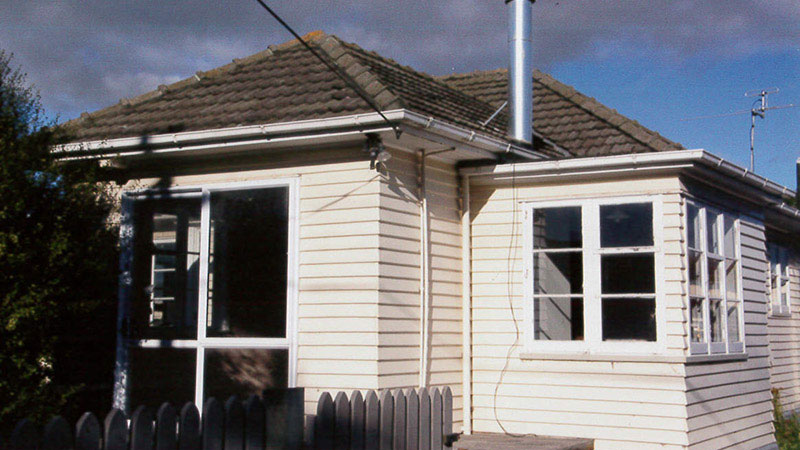As most of you will be aware, the new Health and Safety at Work Act 2015 (HSWA) came into play in April this year. The aim being to reduce the number of serious accidents and deaths in the workplace.
More than 50% of falls are from less than 3 metres and approximately 70% of falls are from ladders and roofs *
I want to talk about roofing specifically and what tradespeople need to do to comply with the new law. If you are having roof repairs carried out, are getting a replacement roof installed, or are having a new home built, your roofing installer is required under law to comply with the requirements of the new – HSAW 2015.
So what are the key factors?
New or existing structure?
- Identifying the hazards
- Reroof – An older roof will have obviously have more hazards than a new roof, simply due to the deterioration over time.
- Prior to any work taking place, the roof and site will need to be thoroughly inspected to identify the hazards. This should happen at the time the roof is measured up for pricing.
- New roof – the initial hazards are generic (fall off and fall through) and should be identified at the time the roof is priced off the plans.
- There are many other hazards that apply to roofing and your installer should have a Job Safety Analysis completed before they start work.
- Minimising risk
Fall off
- New roof and reroof – on most single storey homes, with a pitch of under 25°, this will involve installing edge protection.
- In more complex or two storey homes, full scaffolding should be installed.
Fall through
- New roof – safety nets should be used, or the purlin spacing should be at 500mm centres. The other option is to have the roof covered with a plywood substrate, this is common place with tray roofing.
- Reroof – if it is not practical to install safety nets, the fall through is minimised by the ceiling however the purlin spacing’s should be at 500mm centres.
What is Edge Protection?
Simply put, it is fall protection equipment to help prevent people, tools and material from falling off the roof. It is placed on all exposed edges of a roof and this includes skylights or any other fragile roof materials.
Most commonly you will see guard railing – this forms a physical barrier (guard rail) around the roof edge. It includes a top rail (at least 900mm in height above the working surface), mid rails at 450mm intervals and a toe board or bottom rail.
Erecting edge protection will take time and it needs to be done prior to any work taking place on your roof.
It will also need to be inspected regularly throughout the project especially after bad weather.
Edge protection should comply with AS/NZS 4994.1 and 4994.2: Temporary edge protection
What about steeper roofs?
Where the roof pitch is greater than 25°, the chance of someone slipping and falling increases. Therefore the requirements for homes with a steeper pitch are different. Perimeter Scaffolding is required, and needs to be fit for roofing installation.
The platform needs to be much closer to the gutter line. On a roof pitch up to 25°, it needs to be within 1 metre. On a roof pitch over 25 degrees, it must not exceed 200mm.
Workers should be able to gain roof access, via gates installed as part of the edge protection system. Both guard rails and scaffolding need to be installed by a competent person.
Your installer should explain to you, prior to any work being done, how safety will be achieved. Quotes, for any work to be carried out, should include the cost of compliance.
If you are a homeowner, you too have a responsibility ensuring only competent, qualified people carry out the work on your property. The tradesperson is responsible to ensure that the work they do, doesn’t cause harm to themselves or others on the property.
Our team at CS Roofing Canterbury are invested in keeping our staff and the public safe. We have all taken on the responsibilities required by the new HSWA 2015, from the pricing and planning stage right through to the installation of the roof. If you would like to know more please get in touch.





